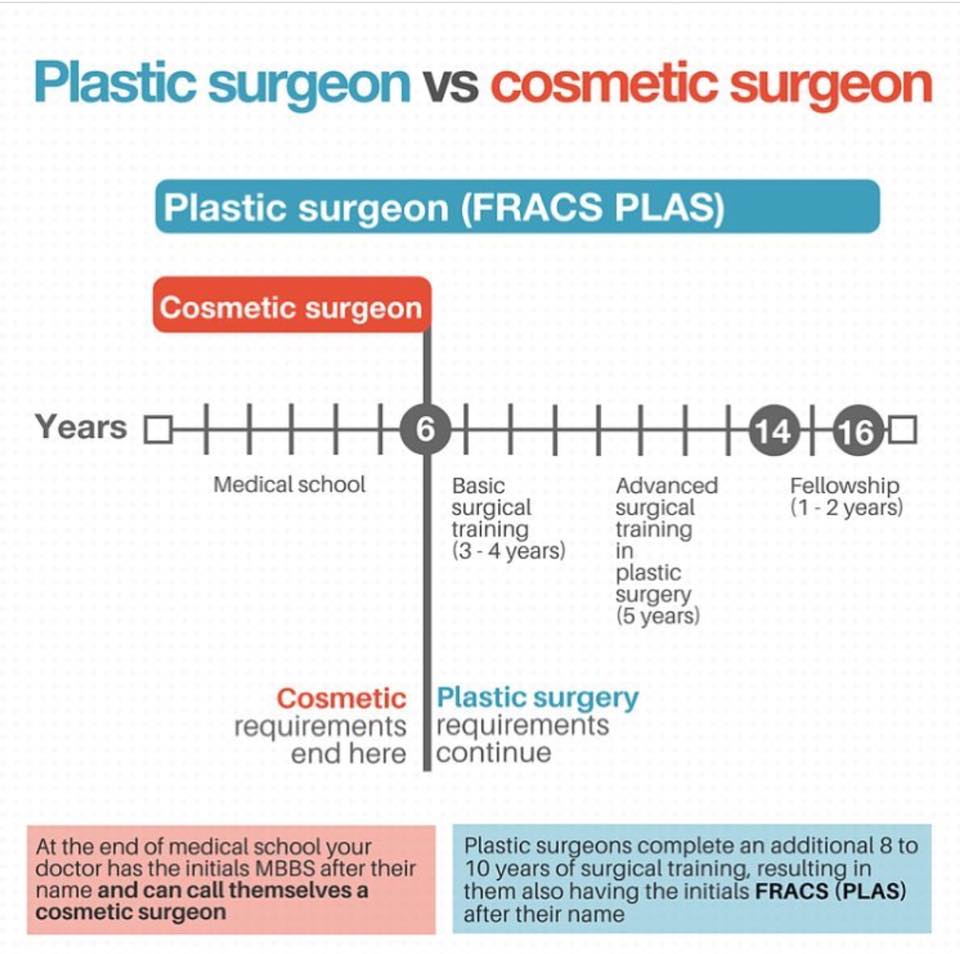Can Eczema Coexist With Acne
Can Eczema Coexist With Acne
Blog Article
Acne Scars and Post-Acne Care
Acne scars and dark marks can continue to be even after the acne itself has cleared. Yet there are lots of natural, non-prescription and medical therapies that can minimize their appearance.
Ice choice marks are tiny indentations that look like pinpricks; rolling scars have a wave-like appearance and shallow depth; boxcar scars have clear edges; hypertrophic scars are raised bumps. Treatments include skin needling, where your doctor rolls a needle-studded device over the skin; and surgical excision, when a healthcare professional cuts out deep scars.
1. Exfoliate
Acne marks discolor best when they aren't covered with dead skin cells. Peeling gets rid of the build-up and enables fresh skin cells to find to the surface area. It additionally makes acne marks much less visible.
A skin specialist can suggest exfoliation methods for your particular skin type. Dry skin may gain from peeling with scrubs or various other mechanical approaches, while oily skin might need a chemical peel. Those with darker skin tones need to be mindful making use of more powerful chemical therapies, as they can trigger dark areas and sensitivity.
If you have acne scars, avoid selecting or pressing at them, which can make them even worse. Swelling triggered by irritation increases the chance of scarring. Selecting can leave ice-pick marks, which are slim imprints with a point at the end. You can also obtain boxcar marks, which are impressions with broader edges. You can also develop hypertrophic or keloid scars. These are elevated bumps of mark tissue that can be itchy and uncomfortable.
2. Moisturize
After finishing your acne therapy, keeping skin clear and healthy requires a regular skin care regimen that safeguards from breakouts and lowers post-acne marks. This consists of a gentle cleanser and moisturizer, non-comedogenic products that do not block pores, and avoiding foods that irritate skin or trigger acne flare-ups.
Making use of a light-weight, non-comedogenic moisturizer with ingredients like hyaluronic acid and glycerin can aid moisturize skin while also boosting skin appearance and promoting healing. Seek an item that is developed without fragrance or parabens.
An item that targets remaining acne marks with ingredients such as skin-brightening tranexamic acid and bakuchiol can boost dark areas or unequal tone brought on by swelling. It gently resurfaces the complexion while smoothing harsh and textured locations. An item that combines a retinoid and a plant-based retinol choice can likewise improve the look of deeper marks while concurrently targeting facial existing blemishes and preventing future outbreaks.
3. Cover
Once your acne marks heal, you can conceal them with make-up and a concealer. Just see to it you're only applying the item over scars that are totally healed (not fresh ones), says Sotomayor. After that, finish your appearance with a bold lip shade or statement great smoky eye shadow for maximum influence.
When it concerns picking a structure or tinted cream, it is essential to select one that is noncomedogenic and oil-free. This will aid maintain your skin clear and prevent the blocking of pores that can lead to brand-new breakouts.
The very same goes for picking a concealer. Search for a formula that supplies full coverage however still feels light-weight and blendable on the skin. Also, when concealing indentations from acne marks, it's a good concept to find a shade that matches your natural complexion (rather than a shade lighter or darker). This will certainly assist hide the indents more effectively. This beneficial balm is an outstanding alternative for brightening and lightening post-inflammatory hyperpigmentation, which can be triggered by acne or other inflammatory skin problem. It has moisturizing panthenol, softening shea butter and reinforcing peptides that decrease soreness and scaly structure.
4. See Your Dermatologist
The scars that create from severe acne usually require therapy by a doctor or skin specialist. Prior to that can occur, however, a patient needs to have their acne in control. This includes not selecting or pressing acne areas, and making use of gentle cleansers and water-based non-comedogenic products that will not clog pores.
If pharmacy cleansers and place treatments aren't removing your skin, timetable an appointment with a skin specialist. The dermatologist can suggest various other therapies that help remove your skin without drying it out or bothersome it.
A dermatologist can likewise deal with other type of post-acne marks, consisting of dark places that are a type of hyperpigmentation called PIH (post-inflammatory hyperpigmentation). A topical retinoid like adapalene can noticeably lighten these marks and discolor them quickly. For other kinds of marks, the doctor can suggest an extra extensive treatment. This might consist of microdermabrasion or chemical peels off that are done right in the office. Depending upon the intensity of your marks, these treatments may require to be duplicated.